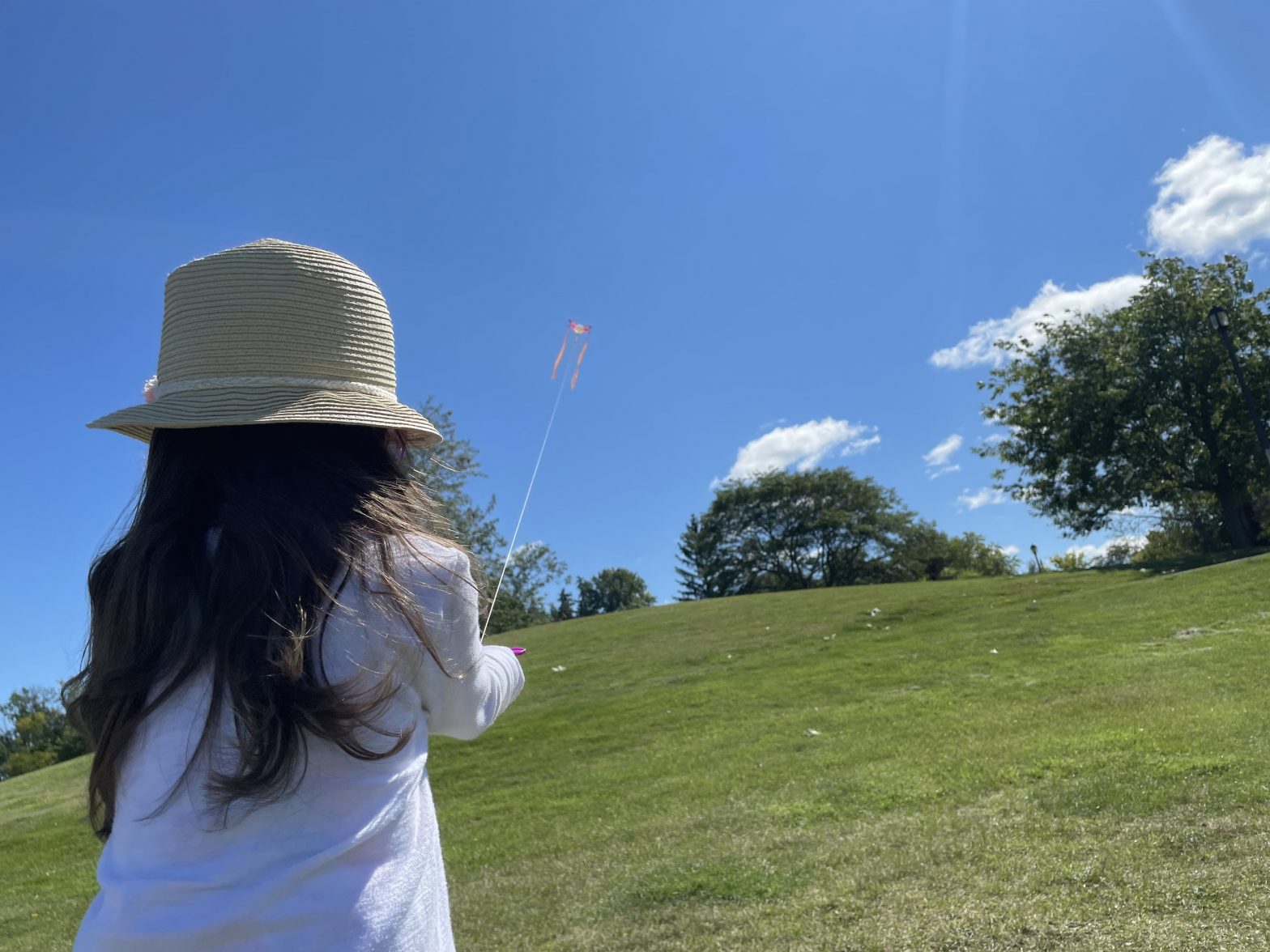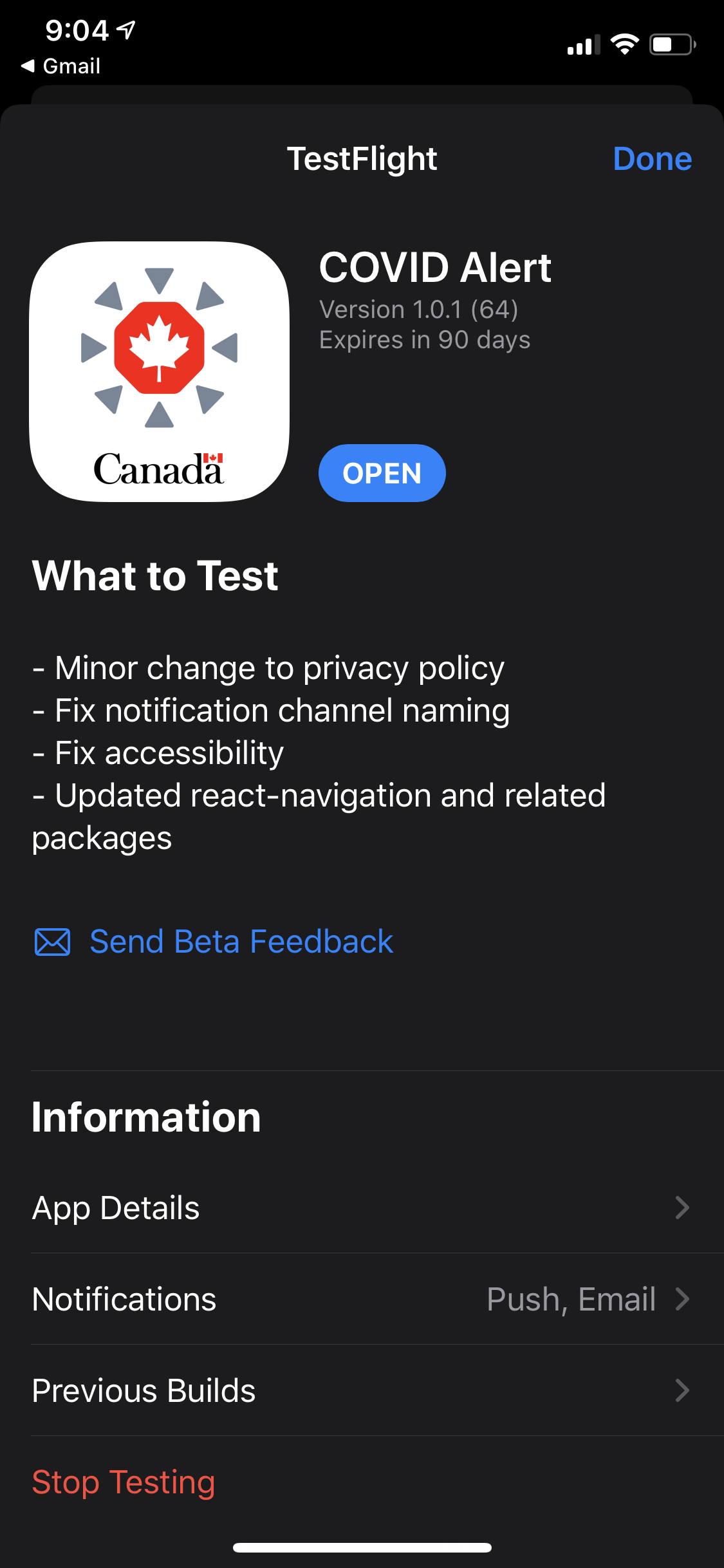Cities are complex and dynamic systems that affect the well-being of their inhabitants and the environment. How can we design and manage cities that are happy, healthy, and self-sufficient? In this essay, I will explore some of the best practices and examples of cities that have achieved these goals or are striving to do so, using quantitative indicators and data-driven arguments.
Happiness is a subjective and multidimensional concept that depends on various factors such as social, economic, cultural, and psychological aspects. However, some common elements that contribute to happiness in cities are: a sense of belonging and community, access to nature and green spaces, opportunities for learning and creativity, safety and security, and quality of life. According to the World Happiness Report 20201, some of the happiest cities in the world are Helsinki, Aarhus, Wellington, Zurich, and Copenhagen. These cities share some features such as high levels of trust, social cohesion, civic engagement, generosity, and freedom. These features can be measured by indicators such as the percentage of people who feel they have someone to count on in times of trouble, the percentage of people who volunteer or donate to charity, the percentage of people who feel free to make life choices, and the level of perceived corruption1. Moreover, these cities also score high on other indicators of well-being such as life expectancy, income per capita, environmental quality, and education2.
Health is another important dimension of well-being that is influenced by the physical and social environment of cities. A healthy city is one that provides its residents with adequate and equitable access to health care, sanitation, hygiene, nutrition, and physical activity. A healthy city also minimizes the exposure to pollution, noise, stress, and infectious diseases. The World Health Organization (WHO) has initiated the Healthy Cities programme3 since 1986 to promote health and well-being in urban settings. Some examples of healthy cities are: El Hierro in Spain4, which uses renewable energy sources and has a hydro-wind power station; Findhorn in Scotland4, which is an ecovillage that grows its own food and has a low carbon footprint; and Masdar City in UAE5, which is a planned city that aims to be carbon-neutral and zero-waste. These cities can be evaluated by indicators such as the percentage of renewable energy consumption, the greenhouse gas emissions per capita, the air quality index, the access to clean water and sanitation facilities, the obesity rate, the infant mortality rate, and the vaccination coverage6.
Self-sufficiency is the ability of a city to produce or obtain the resources it needs without depending on external sources. A self-sufficient city is more resilient to shocks and crises such as climate change, pandemics, or conflicts. A self-sufficient city also reduces its ecological impact and contributes to global sustainability. Some ways to achieve self-sufficiency in cities are: using renewable energy sources such as solar, wind, or biomass; implementing circular economy principles such as reducing, reusing, and recycling waste; promoting local food production such as urban agriculture or vertical farming; and fostering local innovation and entrepreneurship such as maker spaces or 3D printing. Some examples of self-sufficient cities are: Tokelau in New Zealand4, which is the first place where 100% of electricity power is generated through solar panels; Xiong’an New Area in China5, which is a planned city that aims to be a model of sustainability; and Barcelona in Spain7, which has launched the Self-Sufficient City project7 to transform its neighborhoods into productive units. These cities can be measured by indicators such as the energy intensity, the waste generation rate, the recycling rate, the food self-reliance ratio, the innovation index, and the local employment rate8.
In conclusion, fostering a happy, healthy, and self-sufficient city is a challenging but rewarding task that requires a holistic and data-driven approach. By using quantitative indicators and data-driven arguments based on existing or emerging cities around the world 9, we can create more livable and sustainable urban environments for ourselves and future generations.
References:
- World Happiness Report 2020
- OECD Better Life Index
- WHO Healthy Cities
- Sustainability | Free Full-Text | Methodology for Establishing Well-Being Urban Indicators at the District Level to be Used on the CityScope Platform
- Urban well-being indicators: learnings from a participatory adjustment …
- Defining and measuring urban sustainability: a review of indicators
- Urban Wellbeing in the Contemporary City | SpringerLink
- Big Data-Driven Urban Management: Potential for Urban Sustainability – MDPI
- How Big Data Solves the Urban Planning Challenge?























